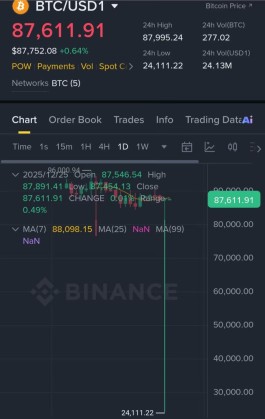Oil prices rose alongside broader financial markets after the Federal Reserve signaled that the current US interest rate hike cycle may be coming to an end, reinforcing weak demand expectations.
Brent crude, which is seen as a benchmark for the global market, advanced to about $86 a barrel after falling nearly 5% during the previous three sessions, while West Texas Intermediate crude approached $81, after the Federal Reserve kept interest rates as they are for the second meeting in a row on On Wednesday, the Central Bank also indicated in a statement that the recent rise in long-term Treasury bond yields reduces the need to raise interest rates again.
On the other hand, Israel's war in Gaza did not expand. Some refugees were also able to flee the fighting in Gaza and cross into Egypt. The Qatari-brokered agreement requires reaching an agreement between Israel, Egypt and Hamas. US President Joe Biden called for a temporary halt to the fighting in order to free the hostages held in Gaza, but he was unable to push the warring parties to a complete ceasefire.
Oil prices lose war gains
Currently, oil has lost its war premium because so far fears of the conflict spreading to other countries and disrupting supplies have not materialized, and oil options traders are estimating lower odds of war escalation.
The lack of escalation in the war also caused markets to shift their focus towards signs of weakness in the global demand outlook, as manufacturing activity contracted again in China (the world's largest crude oil importer) over the past month.
The jump in non-oil revenues reduces the Saudi budget deficit
Charu Chanana, market strategist at Saxo Capital Markets in Singapore, said that although oil still faces volatility due to the impact of the war between Israel and Hamas, signs of easing tight monetary policy from the Federal Reserve support growth expectations. With major central banks turning towards monetary easing as well, which may provide some support for crude oil prices, but talk of lowering interest rates is still premature.
In conclusion, inventories at the US level rose for the second week in a row, expanding by 773 thousand barrels, according to data from the Energy Information Administration. Inventories also rose at the main oil storage hub in Cushing, Oklahoma.







































